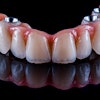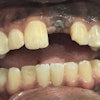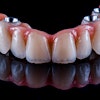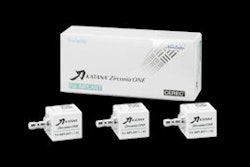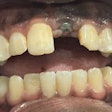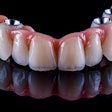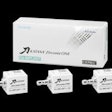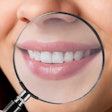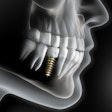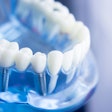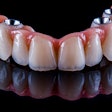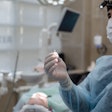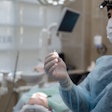Vitamin D deficiency may hinder new bone formation and bone-implant contact, while supplementation may enhance implant osseointegration in dental patients, according to a review recently published in Periodontology 2000.
However, further research is needed to determine the optimal levels and dosage of vitamin D, as well as the ideal timing for using vitamin D, to improve dental implant success, the authors wrote.
“The findings of this systematic review indicate a modest but clinically relevant correlation between vitamin D deficiency and early implant failure,” wrote the authors, led by Richard J. Miron of the University of Bern in Switzerland (Periodontol 2000, October 30, 2025).
The review evaluated available animal and human studies on the link between vitamin D deficiency and implant osseointegration, or early implant failure. Studies published up to May 15, 2025, were considered, and of 151 identified publications, 43 met the inclusion criteria, including 16 animal and 27 human studies, they wrote.
The primary outcomes assessed the relationship between vitamin D levels and implant osseointegration, including implant survival rates and bone-implant contact. Secondary outcomes included peri-implant clinical and radiographic measures such as probing depths, implant stability, and bone density.
Thirteen of 16 animal studies showed a positive effect of vitamin D on implant osseointegration. The 27 human studies included case reports, retrospective studies, prospective case series, controlled trials, and randomized clinical trials. Overall, 22 human studies found that adequate vitamin D levels improved osseointegration, reducing early implant failure, the authors wrote.
Vitamin D deficiency was linked to an increase in early implant failures, while presurgical vitamin D3 supplementation enhanced bone-implant contact, preserved peri-implant bone, and reduced failures, even in high-risk patients, such as those with diabetes. When implant-related parameters like probing depths, marginal bone levels, or implant stability were assessed, vitamin D-deficient groups consistently showed poorer outcomes.
The study had limitations. Significant heterogeneity in study designs, vitamin D assessments, sufficiency definitions, and osseointegration measures may have introduced bias, the authors noted.
“Implementing a preoperative screening and supplementation approach for at-risk patients may enhance both initial osseointegration and long-term implant survival rates,” Miron and colleagues concluded.

